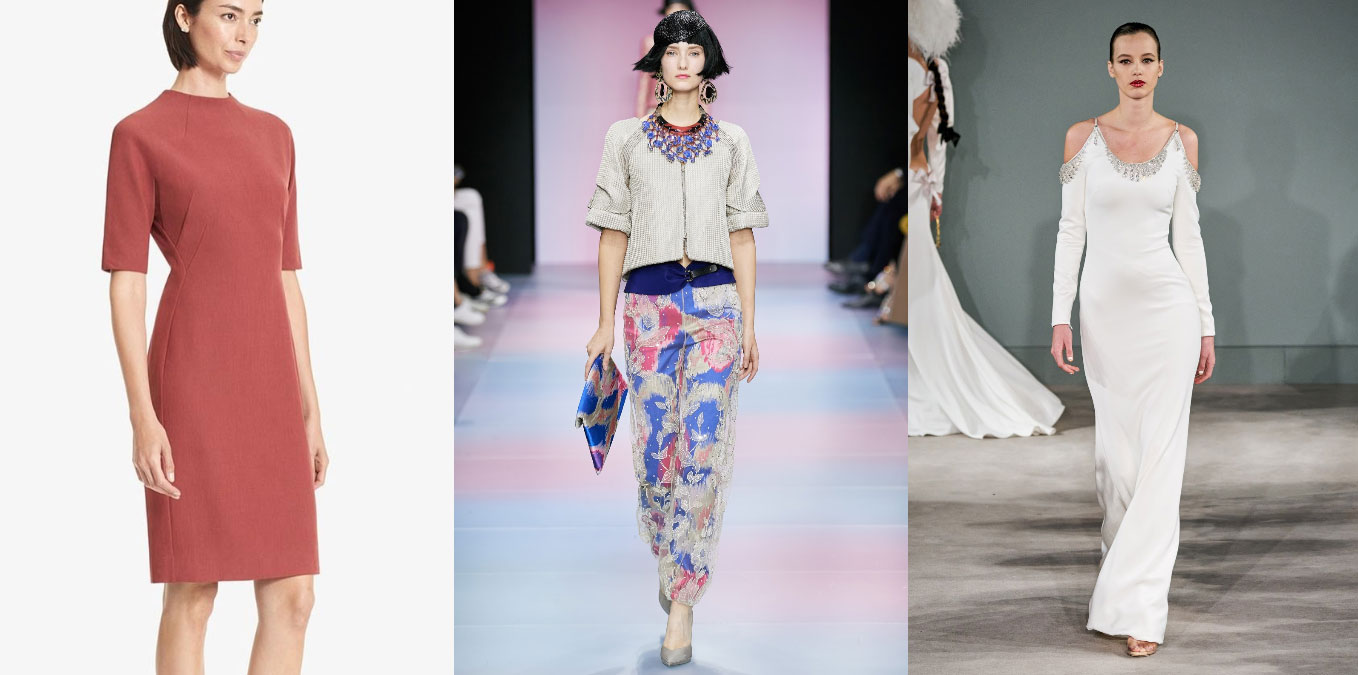Dart Manipulations – French Dart
French darts are my favorite dart on any type of garment, from dress, fitted bodice, shift dress, tunics etc.
So for some who are new to dressmaking, let’s start from the beginning.
So what are darts? Darts are folds (or tucks) sewn into a fabric to take in ease and provide shape to a garment, especially for a woman’s bust or waist.
They are used frequently in all sorts of clothing from tailored to ready to wear garments. It is mostly to give a wearer’s shape and fit properly but sometimes used as a design element as well.
There are two types of darts to know – working darts and design darts. Working darts are drafted or draped to the apex of the body bulge.
Design darts are better draped than drafted. This type of darts point has been moved away from the apex to create a smoother, more natural looking garment.
Some Basic Darts you should know!
- The plain dart is the most common type of dart that you will see in sewing and is usually found around the bust, waist and hips.
- Armhole darts are also a very common dart. It’s one of the best darts to eliminate gaping armholes.
- Bust darts, usually start the side seam of a garment and end near the apex of the bust in order to make the bodice of a garment more form fitting.
- French darts, are more elongated than standard bust darts. They start lower on the bodice (at the side seam, down near the waistline) and end up near the bust point — effectively combining a bust dart and waist dart into one.
Mostly think/say, French dart is more a vintage style dart, but actually it is mostly used in tailored and couture dresses, in vintage and modern garments. It is just not so easy to draft for mass production garments and it might need to be fitted properly on a fitting model before being produced.
This dart is better be draped than drafted on paper for the sloper pattern.
Some tips:
- If you have a large dart, you can trim the dart excess down to ½” or ⅕ cm
- When you drape your dart, do not finish your dart too close to your apex, otherwise you’ll get a pointy- nippley dart end.
- I usually like this dart on garments with printed fabrics, because it tends to hide the dart visibility, so you won’t have to worry about a visible line on your garment.
- I like French darts because they are more flattering than regular darts and add a design element to your garment.
- If you apply a French dart on a shift dress or a tunic, loose fitting top, it tends to give you a smaller waist illusion
- For fuller busts, you need to finish your dart at least an inch or two away from your apex, and you might want to add another dart around the armhole for a fitted look.
- The French dart can be straight or curved, in this video I demonstrated the straight angular one.
Here are some examples of French dart in use:


I hope this is helpful and/or inspiring.
What is your favorite kind of dart?

